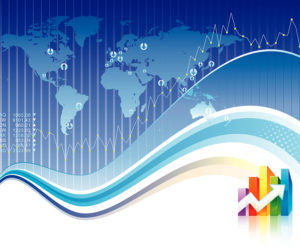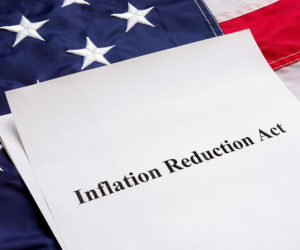
Sorry, your browser is not compatible with this application. Please use the latest version of Google Chrome, Mozilla Firefox, Microsoft Edge or Safari.
Sustainability content

Single-use Plastics in Colorado
Colorado continues to take meaningful steps to reduce plastic waste, focusing on how single-use items like bags, bottles, and foam containers impact the environment. The state’s Plastic Pollution Reduction Act…
Learn More


G20/OECD Report on Blended Finance Derisking...
Emerging economies need trillions in additional investment each year to meet sustainable infrastructure goals, but private capital remains limited due to heightened risk perceptions. This report explores how guarantees and…
Learn More


Measuring Science and Innovation for Sustainable...
The Measuring Science and Innovation for Sustainable Growth report by the OECD explores how data-driven innovation can power sustainable economic growth while advancing global environmental goals. It examines how science,…
Learn More


Carbon Credits: Limited Federal Role in Voluntary...
The GAO examined the voluntary carbon market, where organizations buy credits to offset emissions, but found ongoing concerns about integrity and transparency. Studies show many credits may not represent real…
Learn More


Implementation Plan 2025-2026 for the Arctic...
The 2025–2026 Arctic Implementation Plan builds on the U.S. Arctic Research Plan, outlining near-term priorities that support resilient communities, sustainable resource management, and stronger research partnerships. It emphasizes collaboration with…
Learn More


Ceres 10-Point Plan for the Insurance Industry
The Ceres 10-point plan provides a comprehensive roadmap for insurers, regulators, local governments, community groups, and investors to collaborate on ensuring the industry’s resilience. By taking bold action, embracing innovation,…
Learn More


Navigating Climate Risks: Progress and Challenges...
This report is the second annual analysis Ceres has conducted of major U.S. insurers’ climate risk strategies by examining the disclosures companies are making under the National Association of Insurance…
Learn More


Leading with Transparency: A Guide to...
As climate-related disasters become more frequent and costly, municipal governments are on the front lines—responsible for protecting communities, maintaining essential services, and investing in infrastructure that can withstand future risks.…
Learn More


Inflation Reduction Act: Opportunities Exist to...
The GAO’s April 2025 report reviews how the General Services Administration (GSA) is using Inflation Reduction Act (IRA) funding to improve the sustainability of federal buildings through low-carbon materials, advanced…
Learn More


Clear the Road for Connected Operations: How...
In today’s fast-paced world, connected operations are revolutionizing how public and private fleets manage efficiency, safety, and sustainability. This transformation is fueled by real-time data from IoT devices, helping teams…
Learn More


Organic Situation Report, 2025 Edition
The Organic Situation Report, 2025 Edition dives into the evolving landscape of organic agriculture, highlighting both challenges and opportunities. While consumer demand for organic products remains strong, reaching nearly $70…
Learn More


Irrigation Organizations: Water Measurement and...
Water is a critical resource in agriculture, and how it is measured and priced can significantly impact conservation efforts and efficiency. This report examines how irrigation organizations across the U.S.…
Learn More


Sustainable Building Technologies
With over 130 million buildings in the U.S. consuming 40% of the nation’s energy and contributing to over 30% of greenhouse gas emissions, sustainable building technologies are gaining momentum. Innovations…
Learn More


Executive Order 14208: Ending Procurement and...
The debate over plastic vs. paper straws has taken a new turn with a presidential executive order banning the use of paper straws in federal agencies. Citing higher costs, questionable…
Learn More


The Economics of Cellular Agriculture
Cellular agriculture is reshaping how we think about food, producing meat, seafood, eggs, and dairy with little to no animal involvement. This innovative approach, which includes precision fermentation and cell-cultured…
Learn More


